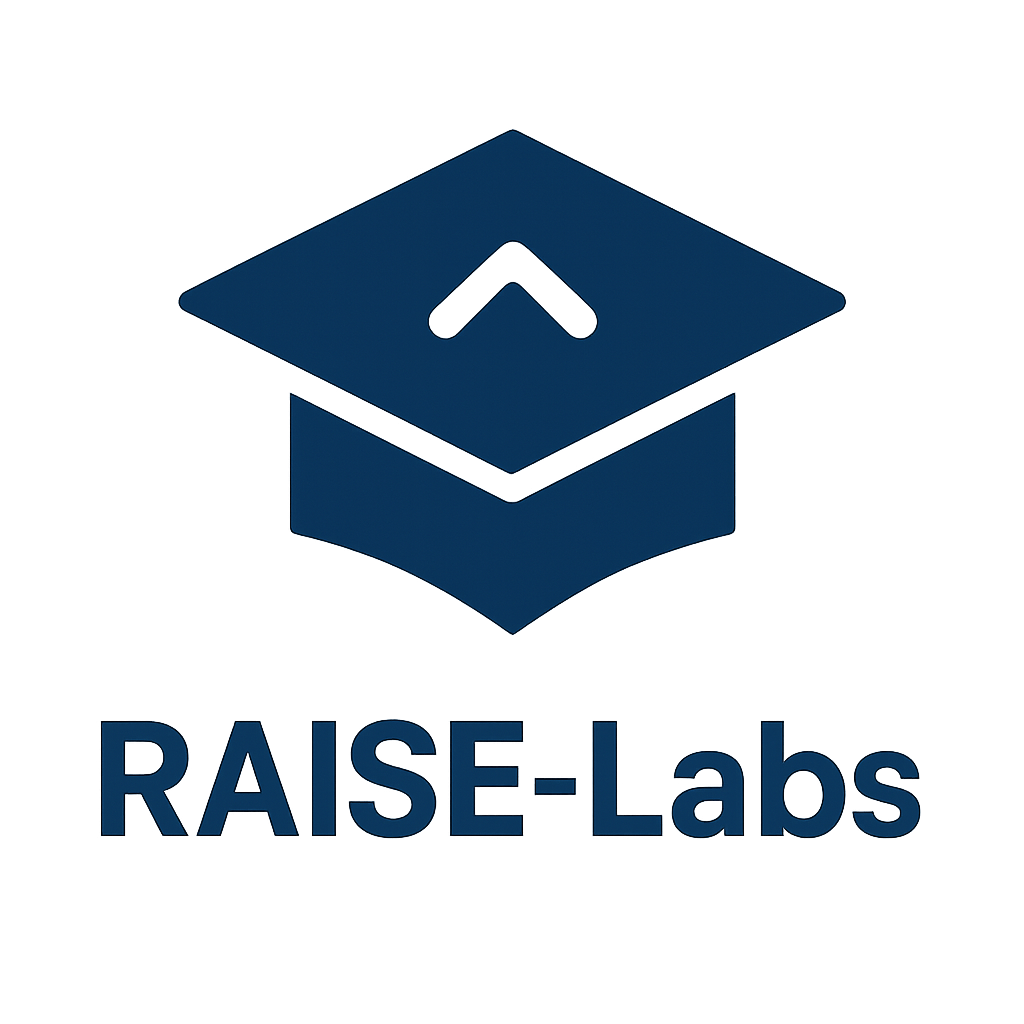
K-12 AI Governance Readiness Audit
RAISE-Labs Interactive Assessment
This simplified assessment helps K-12 educators and administrators evaluate their school's readiness for implementing AI governance policies and practices. Complete all sections to receive personalized recommendations and next steps.
Assessment Progress
AI Tools & Usage
Understanding and managing AI tools in your educational environment
This includes both officially approved and informally used AI tools by staff and students
Include criteria for educational value, safety, privacy compliance, and age-appropriateness
Consider supervised vs. independent use, academic vs. creative applications
Regular review of usage patterns, academic integrity concerns, and learning outcomes
Policies & Guidelines
Formal policies and procedures governing AI use in your school
Should cover students, teachers, administrators, and parents/guardians
Define what constitutes appropriate vs. inappropriate AI assistance in different contexts
Elementary, middle, and high school may need different approaches and restrictions
Include regular updates and training on policy changes and expectations
Student Safety & Privacy
Protecting student data and ensuring safe AI interactions
Check FERPA compliance, data collection practices, and third-party sharing
Include safeguards against harmful, biased, or age-inappropriate AI responses
Education about what information should never be shared and technical safeguards
Include reporting procedures, investigation steps, and corrective actions
Training & Support
Building AI literacy and providing ongoing support for your school community
Include hands-on training, pedagogical considerations, and regular updates
Age-appropriate lessons on how AI works, biases, and responsible use
Include workshops, informational materials, and regular communication
Designated point person, help desk, or peer support network
Implementation Planning
Strategic planning and evaluation of AI initiatives in your school
Include timeline, resources needed, and measurable objectives
Test effectiveness, identify issues, and gather feedback before full deployment
Include both quantitative metrics and qualitative feedback from stakeholders
Regular review of new tools, best practices, and policy adjustments